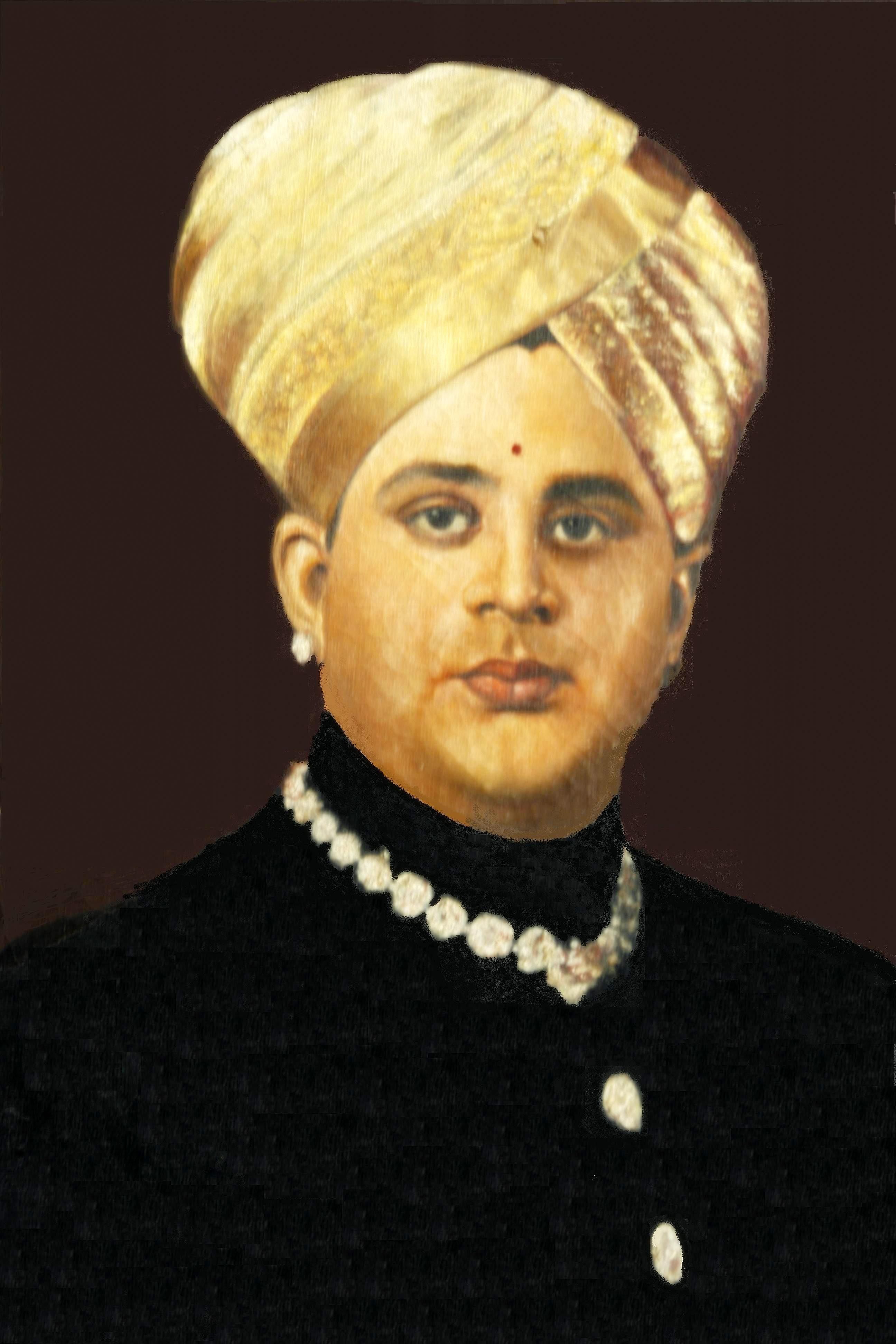
Jayachamaraja Wadiyar (1919-1974) was the last Maharaja of the Mysore kingdom. He was a great statesman and visionary, an accomplished pianist and composer of Carnatic kritis, a patron of the arts, and a horseman and sports enthusiast.
So much is known about him, but there’s a lot more that remains obscure.
In Maya Chandra’s YouTube series ‘Remembering the Maharaja HH Jayachamaraja Wadiyar,’ descendants of the dynasty discuss the man behind the Maharaja. Six episodes are already out.
“Very little is documented about his life in the visual medium, which, I think, is a quicker way to disseminate information than print. Also, in the print medium, in our textbooks, children get to read more about the Mughal rulers than the great Wadiyars who made Karnataka what it is today,” she says.
Maya has already made a film on Wadiyar, whom she describes as her ‘muse,’ and created a podcast of his famous speeches.
“He achieved so many things in just 55 years. He was known for his governance, his philosophy, and his music kritis. He was well-connected internationally. He funded the Philharmonia Orchestra and also paid for the recordings of the Russian composer Nicholos Medtner’s piano concerts. He was the first ruler to merge with the newly formed Indian union and he stepped down gracefully. During the last Dasara durbar, he laid his sword on the throne and sat on a normal chair next to it,” she says.
Interviews with his daughters Kamakshi Devi and Indrakshi Devi, and their respective husbands, fuelled her curiosity further.
Wadiyar died in 1974 when the daughters were still young, but they remember sharing dosas, idlis and puris with him. Vadas were not considered auspicious, so they weren’t eaten as often.
They remember sitting in silence as the Maharaja, a skilled marksman, kept an eye out for a man-eating tiger which “never turned up”. They also remember when he took them book-shopping at The Taj Mahal Palace Hotel in Bombay, and when he sent them letters from Shakespeare’s birthplace in England.
They also have memories of US president John F Kennedy sending the family a sketch of the White House, an Ethiopian emperor sending them a gold bracelet, the Shah of Iran giving him a carpet, and the king of Afghanistan visiting Mysore. He knew the Pope too, they told Maya. He was fond of watches and pens and “garden tea parties” in Ooty, they added.
Despite the privileges, they say, they grew up like ‘normal children’. They couldn’t be rude to anyone. They had to go running and swimming. They were asked to fill their college forms and stand in queues to submit them.
Life was no different for Rajachandra Urs, who got married to Indrakshi. The royal son-in-law would take a bus to work even as passengers made fun of him. In the series, Rajachandra recollects the telling circumstances in which the Maharaja was born, how he got the prefix of ‘Jaya’, how he ascended the throne at 21, and the “Shakespearean tragedy” that abolished the privy purses of kings.
In the coming episodes, Maya explores Wadiyar as an administrator, a musician, and an author, his relationship with his ministers, and how his six grandchildren are carrying his legacy forward.